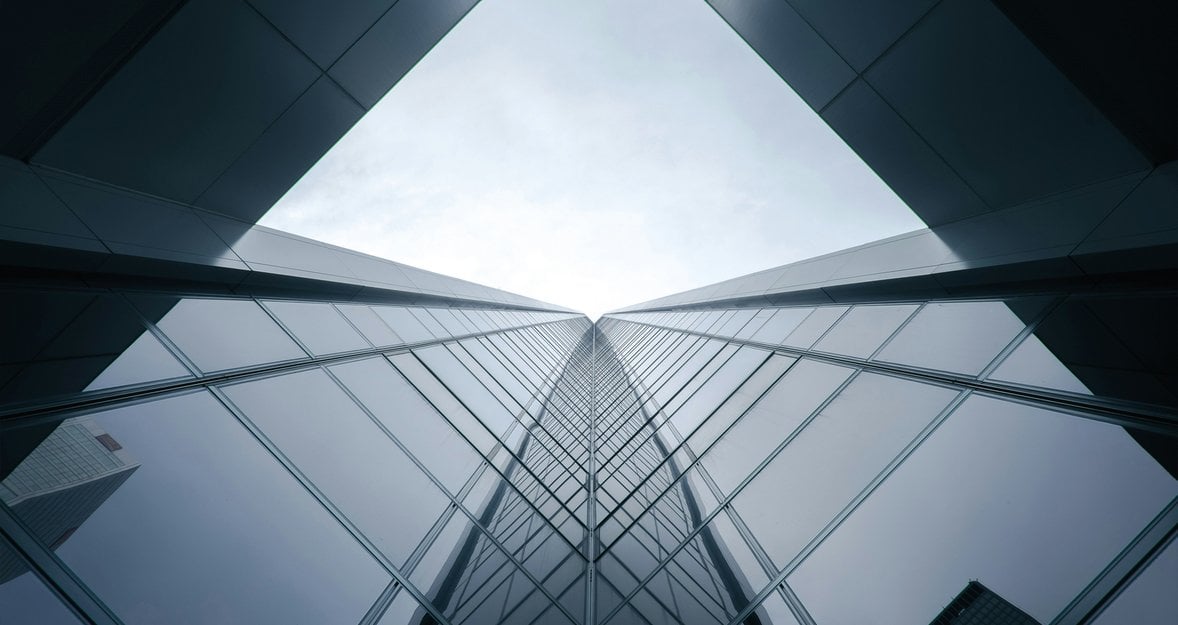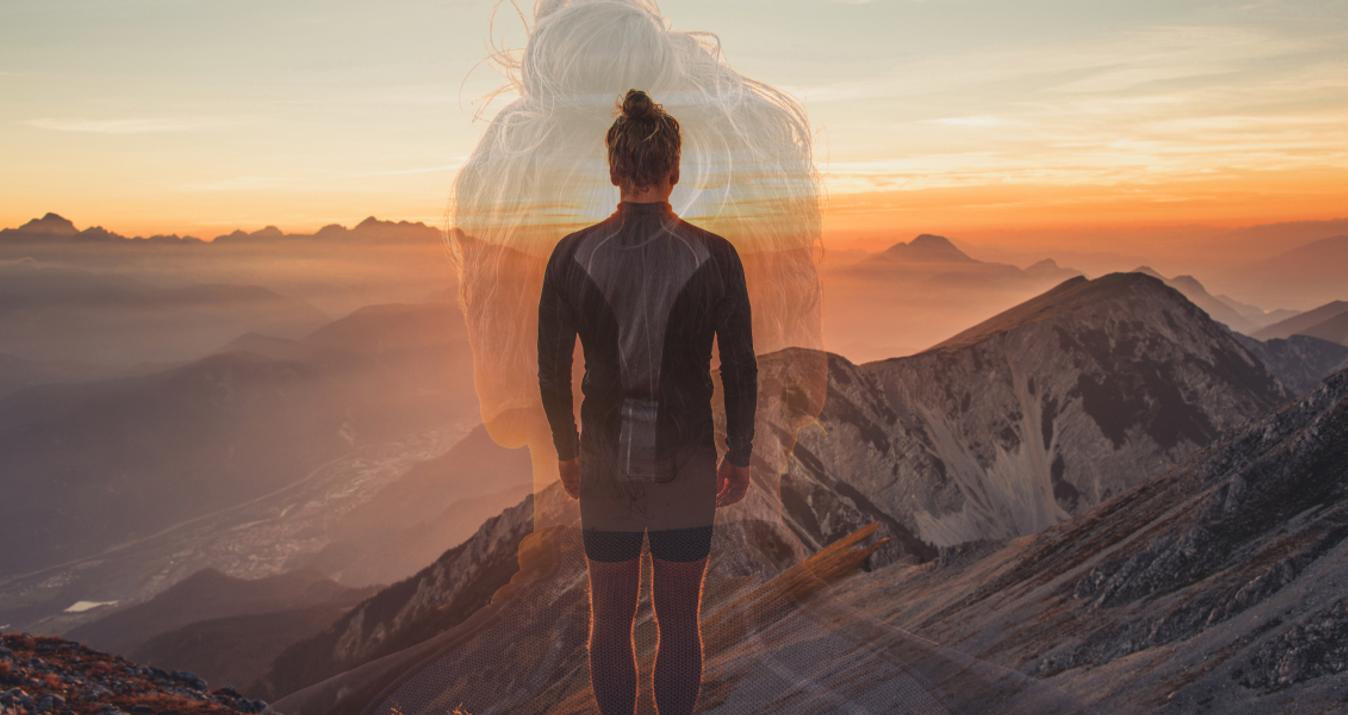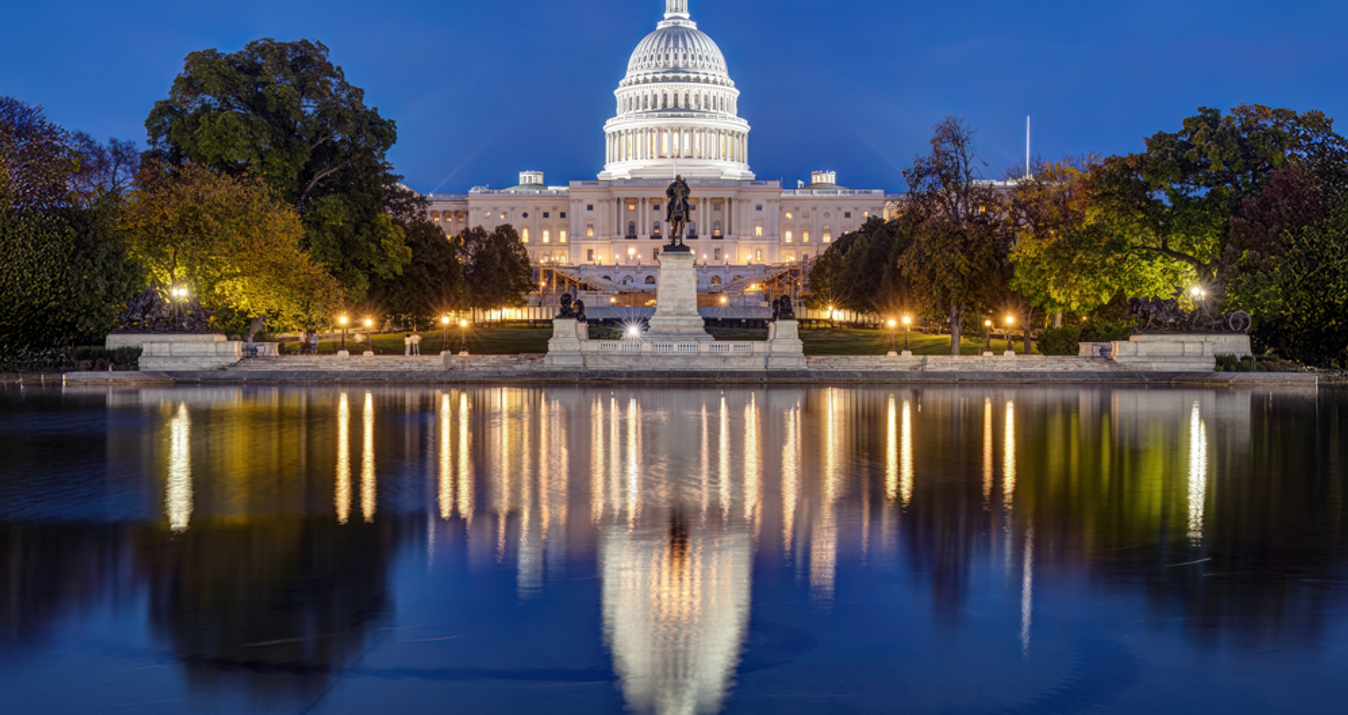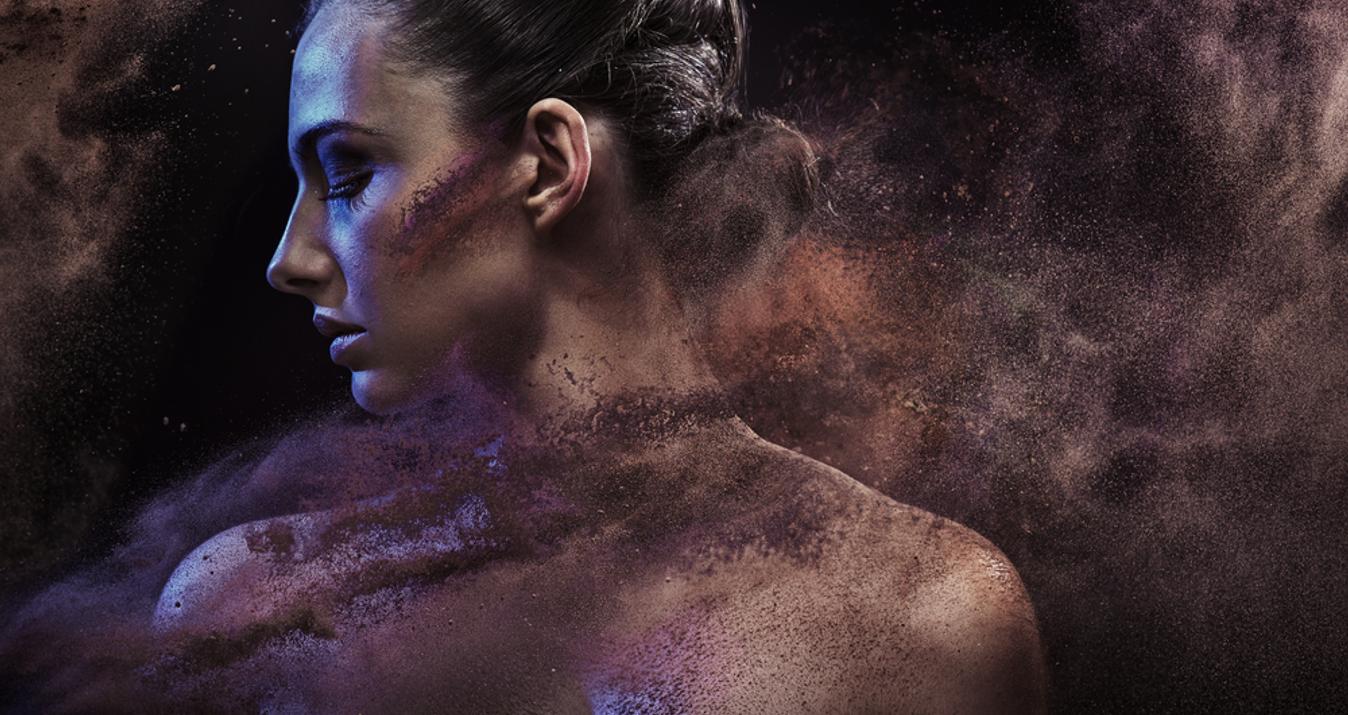Urban Architecture Photography: Composing Cityscapes
July 11, 2024

Explore the world of urban architecture photography with our guide, from selecting subjects to choosing the best gear for this genre. Discover the artistry of city buildings!
Art manifests in diverse forms, from painting and photography to music, and the buildings of our cities are no exception. Great care and dedication go into creating architectural designs that range from sleek and minimal to towering and ornate. These grand-scale works of art shape the character and culture of a city, enhancing its aesthetic and making cityscapes more appealing. Urban architecture photography can capture the city's character, revealing what makes each place distinctive.
Many urban spaces are created intentionally for people, and including the human element in your photos adds personality and authenticity to your work. Consequently, these buildings have naturally become subjects for painters, photographers, and artists, who find appreciation in their construction. Every photograph can communicate an idea or story about the city, offering a deeper narrative beyond the visual.
In this guide, we will assist you in approaching urban architecture photography, from selecting subjects to choosing the best gear for this genre.
Advanced yet easy-to-use photo editor
Get Luminar Neo NowUnderstanding Urban Architecture
 There are many types of architecture around your city, and understanding the different styles can help you create a themed set of photos. While some cities have specific architectural themes, exploring a new city can offer fresh perspectives and unique architectural features to photograph. You may find outliers that contrast sharply with the surrounding buildings.
There are many types of architecture around your city, and understanding the different styles can help you create a themed set of photos. While some cities have specific architectural themes, exploring a new city can offer fresh perspectives and unique architectural features to photograph. You may find outliers that contrast sharply with the surrounding buildings.
Understanding these styles not only helps you recognize patterns but also enriches your appreciation for the city's history and culture. Urban architecture can also reflect the transformation of a city into a new world through expansion or change.
Traditional Architecture
This includes various styles such as Gothic, Baroque, or the traditional architecture of the country you are in. Discovering these preserved buildings is always a treat; they offer a chance to shoot historical structures and admire historical construction methods.
- Example: St. Peter’s Basilica, Vatican City.
Modernist Architecture
Modern architecture often uses materials like glass, steel, and concrete. Keep an eye out for new builds in your city, including those under construction.
- Example: Guggenheim Museum, New York.
Brutalist Architecture
A genre of architecture popular with photographers due to the stark and geometric designs of these buildings. To some, these buildings may appear ugly, while others appreciate their design, sparking conversation about your shots.
- Example: Barbican Centre, London.
Art Deco Architecture
Look for buildings characterised by rich colours, bold geometric shapes, and elaborate ornamentation.
- Example: The Chrysler Building, New York.
Futuristic Architecture
Offering a glimpse into what our cities might look like in the future, these buildings showcase unprecedented creativity in building design and shape. You will mostly find this style in modern cities.
- Example: Dongdaemun Design Plaza (DDP), Seoul.
Sustainable Architecture
Also becoming more common in modern cities, these buildings are designed with the environment in mind. They use sustainable materials and energy sources. A particularly attractive feature of these buildings is vertical gardens, where walls are covered with plants.
Examples:
- The Edge, Amsterdam - known as the most sustainable building in the world.
- One Central Park, Sydney - home to over 35,000 plants in its vertical gardens.
Understanding these architectural styles not only enhances your photography but also enriches your appreciation of urban design.
Composing Urban Shots
 With your decision made about which type of architecture you wish to shoot, let’s focus on the details you will want to capture. Urban architecture photography offers a variety of compositional approaches. Good composition can guide the viewer’s eye through the photograph, highlighting key elements and creating visual interest. Each photograph can tell a unique story of the urban environment, reflecting both its character and atmosphere. By making thoughtful compositional choices, you can transform ordinary scenes into compelling images.
With your decision made about which type of architecture you wish to shoot, let’s focus on the details you will want to capture. Urban architecture photography offers a variety of compositional approaches. Good composition can guide the viewer’s eye through the photograph, highlighting key elements and creating visual interest. Each photograph can tell a unique story of the urban environment, reflecting both its character and atmosphere. By making thoughtful compositional choices, you can transform ordinary scenes into compelling images.
Leading Lines and Symmetry
Focusing on leading lines and symmetry allows you to step back and assess the building’s composition. Interestingly, viewing the building from different angles can provide new opportunities to capture these elements. The leading lines might be part of the building itself, or you could use the surrounding city features, such as roads and other buildings, to lead towards your subject.
Choosing a lightweight or mirrorless camera line can make it easier to capture leading lines and symmetry in urban environments, thanks to their portability and quick handling.
Framing and Layering
To add depth to your images, consider using framing and layering in your compositions. Look for natural frames like other buildings, trees, and structures. By doing so, you will not only frame your main subject but also add layers and depth to your image.
Details
Now zoom in! Many buildings have finer architectural details that might not be apparent from afar. Walk around the building and look for small features, such as ornamental elements or even the textures of the materials used.
Reflections and Shadows
Introduce interest and mood to your images through reflections or shadows. Sharp shadows cast by surrounding buildings can create intriguing shapes and lines, or you can use them to highlight details. For reflections, consider using puddles, bodies of water, or the reflective surfaces of glass buildings themselves.
Explore your chosen building from various angles to discover new features and symmetrical patterns.
Exclusive Tools of Endless Possibilities in One AI Editor
EXPLORE NOW!Gear and Settings
 When it comes to urban architecture photography, there are a few essential pieces of equipment to have packed for your shoot. If you want to dive deeper into the best gear and camera settings, consider enrolling in a dedicated course on urban architecture photography.
When it comes to urban architecture photography, there are a few essential pieces of equipment to have packed for your shoot. If you want to dive deeper into the best gear and camera settings, consider enrolling in a dedicated course on urban architecture photography.
The right camera, lenses, and accessories can make a significant difference in capturing the grandeur and detail of cityscapes and buildings. With the proper gear, you'll be able to take better pictures of cityscapes and architecture, ensuring your images stand out.
1. Tilt-Shift Lens
A specialised piece of equipment crucial as you advance in architecture photography. A tilt-shift lens allows you to keep the camera sensor parallel to your subject, avoiding the perspective distortion that makes tall buildings appear to lean away at the top when using a standard lens. By shifting the lens upwards, you maintain straight vertical lines, a technique favoured by professional architecture photographers. While not essential for beginners, it's worth considering as you progress.
2. Wide-Angle Lens
Some buildings are unfathomably large, and their scale can only be appreciated when standing directly beneath them. A wide-angle lens is essential to capture the entirety of such structures and is also beneficial for expansive cityscape shots.
3. Finding the Sweet Spot
Achieving sharp images in urban architecture photography involves understanding the 'sweet spot' of your lens—where your images are at their sharpest. This varies by lens but generally occurs about three f-stops up from the widest aperture. For instance, if your lens has a minimum aperture of f/2.8, the sharpest images might be found at around f/8. Experiment with your lens to find this sweet spot and review your results accordingly.
These recommendations will help ensure that you have the right gear to effectively capture the grandeur and detail of urban architecture.
Timing and Lighting
 Every photographer must consider lighting, and shooting in the middle of the day can yield far different results than those taken at dawn or dusk. You may also want to match the weather to the style of architecture you’re shooting. Let’s explore how the timing and weather of your shoot can significantly enhance your results. Additionally, using long exposures is a powerful technique for capturing cityscapes and architectural features at night or in low light, allowing you to create dynamic images with moving elements like cars or crowds.
Every photographer must consider lighting, and shooting in the middle of the day can yield far different results than those taken at dawn or dusk. You may also want to match the weather to the style of architecture you’re shooting. Let’s explore how the timing and weather of your shoot can significantly enhance your results. Additionally, using long exposures is a powerful technique for capturing cityscapes and architectural features at night or in low light, allowing you to create dynamic images with moving elements like cars or crowds.
While planning and checking the forecast are important, remember that shooting from the same spot repeatedly can limit your creativity. Try exploring different locations and times to capture unique and compelling urban landscape images.
Golden Hour
This time is beloved by photographers across various genres, including urban architecture. The warm glow during golden hour softens the palette of your images, producing a generally more appealing shot. This lighting is perfect for more traditional architecture and generally suits most architectural styles.
Harsh Light
Although challenging to work with, harsh light can inspire creativity in urban environments. In densely packed areas, harsh sunlight may cast sharp shadows on buildings, assisting with the creation of leading lines, framing, and detailed focus as discussed earlier.
Blue Hour
Just after sunset, buildings may begin to light up, offering a new perspective and character. Blue hour still provides natural light, reducing the need to increase ISO and maintaining image sharpness. As your subject is stationary, consider using a tripod at this time of day.
Blue Hour Photography: Setting, Ideas and Tips
Learn moreNight Photography
Once the sun has fully set, some buildings adopt a completely different persona with creative lighting displays. Depending on the available light, a tripod becomes essential to avoid increasing ISO and introducing noise into your photos.
Urban Night Photography: Tips To Avoid Mistakes
Learn moreCloudy Days
While cloudy days might seem less inspiring, they can accentuate the features of certain architectural styles. For example, modern, sustainable, and traditional architectures might appear less impressive, but styles like brutalism can be enhanced by the subdued, grey backdrop. Concrete structures, which might feel out of place under a bright, sunny sky, can appear strikingly minimalistic and stylish against a dull sky. If unexpected cloudy weather disrupts your plans for a sunny shoot, consider seeking out brutalist buildings.
The weather and time of day can significantly impact an urban architecture photography shoot, so it's crucial to check the forecast ahead of time and plan accordingly to enhance, rather than diminish, the architectural details you aim to capture.
Challenges and Solutions
 Urban architecture photography is not without its challenges, and certain scenarios can make your shoot difficult. Let’s examine some potential issues and their solutions.
Urban architecture photography is not without its challenges, and certain scenarios can make your shoot difficult. Let’s examine some potential issues and their solutions.
1. Crowded Spaces
Dense populations are part and parcel of urban photography in general, and architecture photography can be impacted by this issue. You may struggle to get clear shots as you wait on the street for what feels like an eternity for that perfect shot free of people.
Solution
Aside from the obvious solution of finding a different angle that may be devoid of people, you can also consider finding elevation above the foot traffic. If this isn’t possible, fear not, there are other approaches. Using a tripod, you could use a long exposure to make pedestrians appear as ghosts and far less distracting, or even stylise your image. Alternatively, you can erase unwanted people from your image, using tools such as Erase AI in Luminar Neo.
2. Limited Space
Sometimes you can’t stand back enough to capture the entire building in your shot.
Solution
There are a few ways to deal with this issue. If you’re working with a tall building, it is very possible that it may be visible from other nearby streets with more room, or you may be able to gain access to elevated areas to see it more clearly above street level. For smaller buildings, a wide-angle lens will become particularly useful.
3. Reflections and Glass Surfaces
Glass buildings look fantastic; however, if they reflect a less attractive side of the street, it can really diminish your shot.
Solution
A polarising filter will help you reduce glare and enhance the colour saturation and contrast of the sky and buildings. It may also remove reflections from windows, allowing for a clearer view of a building's interior.
4. Undesired Backdrop
You have found a beautiful building, but behind it sits a very distracting billboard or structure that negatively impacts your shoot.
Solution
Finding a different angle, perspective, or deciding to crop tightly can be effective solutions. If that isn’t feasible, try using the Erase AI tool to remove any unwanted elements within your image.
All forms of photography have a problem-solving aspect that you may need to overcome, but by doing so, you will gain valuable experience and become more proficient in this style of photography.
Urban Photography Editing and Post-Processing
Editing and post-processing are essential steps in transforming your urban photography from good photos to truly captivating architectural images. Once you’ve captured the city’s character through your lens, software tools like Luminar Neo, Lightroom, or Photoshop allow you to fine-tune your images and bring out the best in every scene. Start by adjusting exposure and contrast to highlight the unique lighting of the urban environment, and use color balance to ensure the tones reflect the mood of the city.
Correcting perspective distortion is especially important when using a wide angle lens, as tall buildings can sometimes appear to lean or warp. Most editing programs offer perspective correction tools that help create a more realistic and professional look. Don’t forget to fine-tune the white balance to accurately represent the colors of the city, and use noise reduction to keep your images crisp, especially if you’ve been shooting in low light.
By mastering these editing techniques, photographers can elevate their urban photography, ensuring that every image captures the beauty, scale, and energy of cities. Post-processing is where your creative vision comes to life, allowing you to create images that not only document the urban environment but also tell a compelling story.
Urban Photography Safety and Etiquette
Exploring urban environments with your camera is an exciting adventure, but safety and etiquette should always come first. When capturing the vibrancy of urban life or engaging in street photography, stay aware of your surroundings and avoid putting yourself in risky situations. If you’re shooting in unfamiliar neighborhoods or during the blue hour or golden hour, let someone know your plans and keep your gear secure.
Respect for the community is key. Always be mindful of private property and people’s privacy, especially when your lens is pointed toward residential buildings or individuals on the street. In some cases, you may need to obtain permits or permission to shoot in certain locations—this is especially true for commercial projects or when using a tripod or tilt shift lens in busy public spaces.
Be considerate of the environment by not littering or causing any damage while you shoot. Remember, the goal is to capture the essence of urban life without disrupting it. By following these guidelines, photographers can enjoy a safe, respectful, and rewarding experience, ensuring that every image reflects both the beauty of the city and the integrity of its community.
Urban Photography Inspiration and Creativity
Urban photography is a playground for creativity, offering endless inspiration in every corner of the city. From the sweeping lines of modern architecture to the bustling energy of the streets, urban landscapes are filled with stories waiting to be captured. Experimenting with different styles—whether it’s the candid moments of street photography, the grandeur of cityscape photography, or the intricate details of architectural images—can help you discover your unique perspective.
Try exploring new neighborhoods, shooting at different times of day, or using a variety of lenses to see how each choice transforms your images. Incorporating the human element into your shots can add scale and narrative, while techniques like long exposure can capture the movement and rhythm of urban life. Don’t be afraid to play with composition and lighting—sometimes a new angle or a creative use of shadows can make a big difference.
Stay inspired by seeking out new ideas, whether from other photographers, art, or simply the world around you. The urban environment is constantly changing, offering fresh opportunities for capturing the city’s evolving story. Let your curiosity lead the way, and you’ll find that every shoot brings new creative possibilities.
Urban Photography Community and Networking
One of the most rewarding aspects of urban photography is becoming part of a vibrant, supportive community. Connecting with other photographers—whether online or in person—can open up a world of inspiration, learning, and collaboration. Join local photo walks, attend workshops, or participate in online forums to share your work, exchange ideas, and get feedback on your images.
Collaborating with fellow photographers can spark new creative projects, such as a photo series that showcases your city from different perspectives. Sharing your work on social media platforms not only helps you build a portfolio but also connects you with a global audience passionate about urban photography. Engaging with the community keeps you motivated, exposes you to different styles and techniques, and helps you stay up-to-date with the latest trends.
For example, using a zoom lens to capture architectural details or participating in themed challenges can push your skills further. By actively networking and contributing to the urban photography community, you’ll find endless opportunities to grow as a photographer and to celebrate the beauty of cities together.
Conclusion and Final Thoughts

Urban photography is a dynamic and fulfilling genre that invites photographers to explore, create, and share the unique stories of cities and urban environments. By mastering composition, lighting, and post-processing, you can produce architectural images that truly capture the spirit and complexity of urban life. Whether you’re wandering the streets in search of hidden gems, documenting iconic landmarks, or highlighting the everyday moments that define a city, urban photography offers endless opportunities for creative expression and personal growth.
As you continue your journey, remember to keep your camera ready and your eyes open for the next great moment. The urban landscape is always changing, and every shoot is a chance to see the world from a new perspective. Embrace the challenges, stay inspired by the stories around you, and enjoy the process of capturing the beauty and energy of cities.





